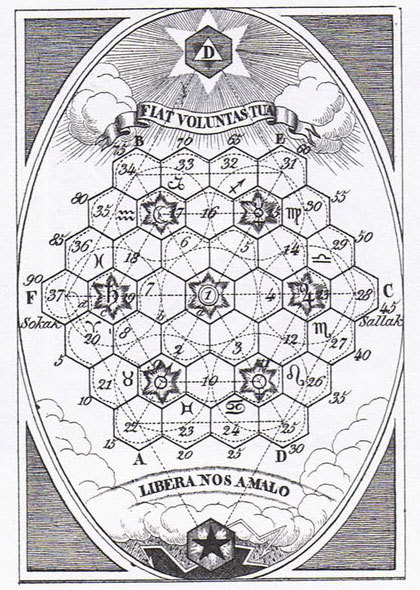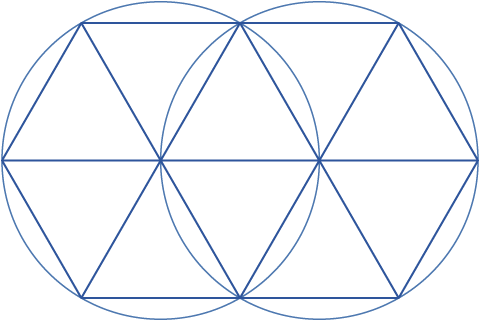The Chaldean Oracles
Here we see a selection of illustrations relating, I am told, to the so-called Chaldean Oracles of "Zoroaster"—which are, of course, neither Chaldean, nor Zoroastrian, nor oracles.
I've been unable to ascertain the origin or IP status of these images. But they are pretty amazing, so I'm posting them anyway, pending receipt of further information on the matter. They certainly look like olden-style woodcuts, or at least hand-drawn illustrations, but could just as easily be modern, and for all I know computer-generated. As always, if you have any information on the source of these images, please do not hesitate to contact us. Thank you.


